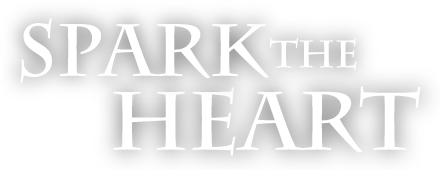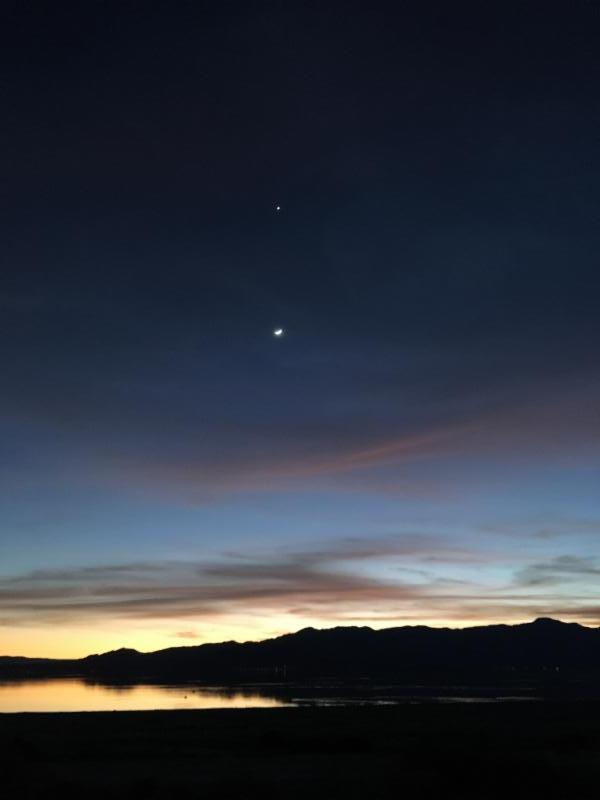
We left the rainy, cold Oregon coast at the beginning of January, expecting to do a quick, four day drive down to Morro Bay, enjoy a week of fresh fish, friends and birding, then head to the Salton Sea, south of Palm Springs for the month of February. But the west coast experienced some of the biggest wettest storms in history, which changed our travel plans.
Instead of staying one night at a casino at our first stop over the California border, we stayed for six, to avoid the icy roads, the big winds and all of the rain. We had no hookups, and there was no sun to charge our solar panels, so we ran the generator as needed and did fine. They had a dump station and fresh water, so we still had everything we needed.
After the first storm passed, we drove 100 miles to another small casino in the town of Laytonville. A new Mac client lives there so I asked her for dinner recommendations, and did she want to join us. Instead, she invited us over for farm fresh eggs the next morning.
And this is one of the things we love most about this life – meeting so many interesting and open-hearted people.
After a delicious visit with our new friend, we drove another 100 miles to the very small town of Williams, CA where we found a cute RV and trailer park. It was about twenty miles south of the Sacramento National Wildlife Refuse where Marika could finally go birding. On her first outing she saw 45 species.
Fog and rain and another wet storm was expected for the next few days, so we stayed in Williams and did laundry, ate very authentic Mexican food, took Mabel to the vet for her 4 days of diarrhea, and had dinner with a friend who lives in Sacramento. We cancelled our plans for Morro Bay, changed our route to avoid the Bay area bridges, and took Highway 99 south.
We marveled at how green the hills were as we made our way through the almond tree groves and the Tehachapi mountains. We spent a few nights at the fairgrounds in Antelope Valley, exploring the local museums and watching the snow levels get lower on the San Bernardino Mountains around us.
We dry camped for two nights at the Morongo Casino to avoid 45 mile an hour wind gusts and finally, on January 24, we arrived at our destination, the Salton Sea.
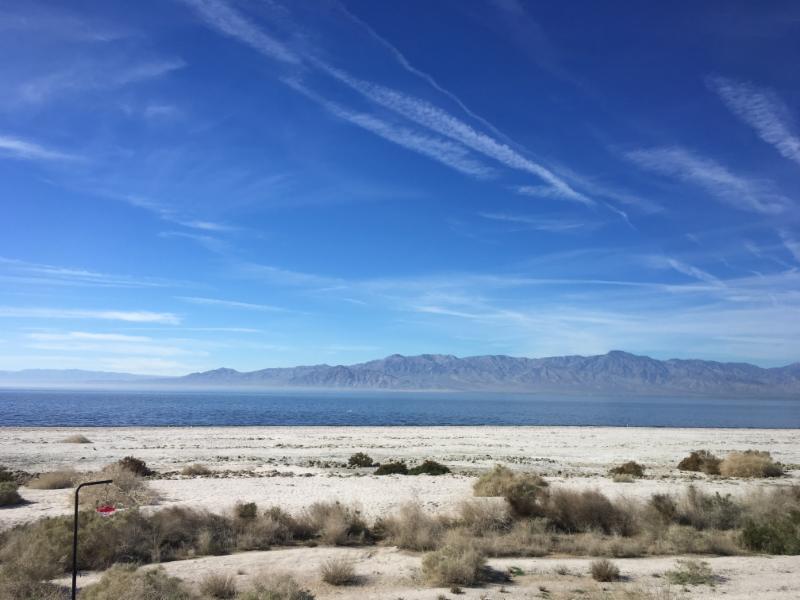
This strange place south of Palm Springs is a landlocked body of water with a higher salinity than the Pacific Ocean. The shoreline looks like pristine white sand, but when you get closer, you see that it is actually salt-crusted barnacles and bleached carcasses of dead tilapia from a die-out ten years ago.
Created hundreds of years ago by the flooded Colorado River, the Salton Sea is surrounded by miles of barren desert, the Coyote Mountains to the west and the Chocolate Mountains to the east. It is fed by the runoff from the surrounding geothermal plants and agricultural fields, but has no outflow to the ocean.
The Salton Sea is a major flyway for migrating birds, and that is why we’ve been coming here for the last 20 years. Marika can be out for hours, delighted to see her birds, and I’m happy to stay at home, writing, working, doing my thing.
We were both looking forward to our time here, to dry out and warm up after all of that cold winter rain. But after months of being in the moist, green climate of the Oregon Coast, neither one of us was prepared for the dryness and brightness of this place. And there were hardly any birds.
We both got hit with sinus infections the day after we got here. We neti pot-ted and drank lots of water. We found a Chinese restaurant 30 miles away and brought home hot and sour soup. And we rested as we tried to acclimate.
But I could only focus on all of the reasons why my body doesn’t like the desert. How my eyes burned in the blinding daylight, that I was suddenly coughing more, and the insides of my nostrils were on fire.
Without the daily distractions of working or travel planning, and no restaurants or grocery stores for miles, I was forced to really be here and sit with myself and my uncomfortableness.
I looked at pictures that I had taken at the beach and made a postcard of the Oregon coast. I imagined that cool, moist ocean air in my nose, drenching my itchy skin. And I wished that we were going back there, instead of heading to Phoenix, which is even more desert.
And then, after four days of complaining, my head cold lifted, and I was able to accept that, like every place we’ve been before, this is only temporary.
And that I had to shift my attention from how miserable I was, to what I could embrace about being here.

I love the barren landscape, the muted color palette of browns and grays and blues, and the miles of silence and space. As long as I can enjoy them from inside the RV, out of the sharp sun and the hazy air.
I love to sit at my desk, or on the sofa, or at the dinette, and watch the white pelicans float, like boats, on the water. I make up stories about the neighbors in the older RV behind us, and spy on the visitors who park near the entrance and walk down to the shoreline, and hear their surprise when they see their first dead fish.
And I love watching the trains go by. The Union-Pacific has a north and south bound line that runs parallel to Highway 111, about a football field away. A train passes at least thirty times during the day, and then through the night. With my earplugs, I sleep right through. And when I do hear it, it makes me smile.

They are long trains, I guessed about 50 cars each. Yesterday I finally counted. There were 3 yellow engines pulling 102 flat cars, most of them stacked with blue, green and maroon shipping-containers with white lettering to identify the company. There was some faded graffiti on the cars, but not much. They go pretty fast, but it’s never really loud, as if the noise gets absorbed by all of the open space.
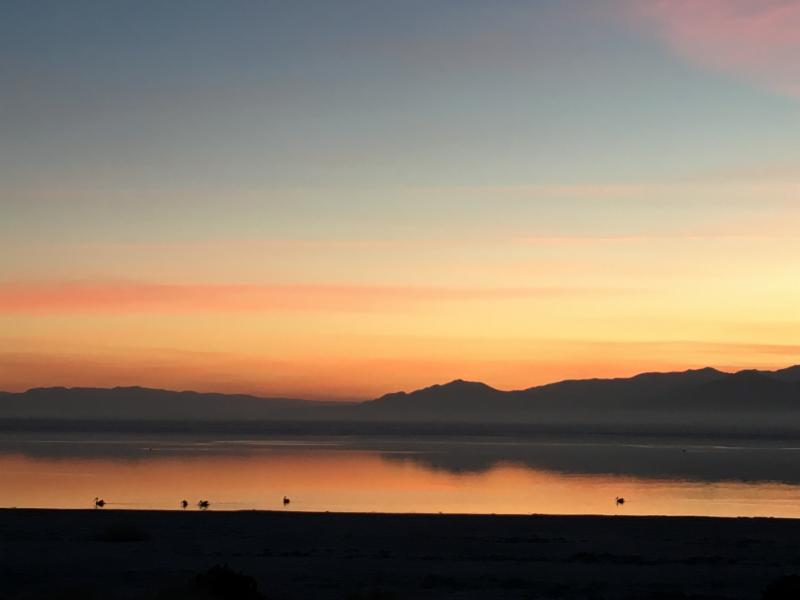
And the sunsets here are spectacular. Sometimes there are clouds to soak up the golds and pinks over the mountains. Sometimes the sky is so clear that hundreds of shades of blue and gray mirror themselves on the water. I love the silhouettes of the birds, floating solo near the shoreline, and flying south in pairs to roost for the night.
And I realized that the more I noticed about this place, the more grounded I felt, and the more willing I was to pack my waterproof winter hiking boots into storage and put on my mesh trail walkers to explore this strange landscape.
I took the dogs across the chunky graveled camp area into the dried mud and sand desert, in the opposite direction of the water. The ground was packed in most places, but sometimes my shoe pushed in far enough to leave an impression. There were deep, wide chasms in the ground from the recent rains. When Cody jumped across one, the edge crumbled, so I guided both dogs back to the firmer ground, closer to camp.
And I asked myself, “What’s the most important thing right now? What do I want more than anything? What might I regret if I don’t do it?”
The answer came fast: make this the best time of our lives. To really hone in on the parts that we enjoy so much. To explore how I want to engage and share, and how I want to support us financially. And to dream the next part of this journey together.
And so every day, I am finally able to say thank you for this time here with my beloveds. For the spaciousness of this eerie and magical place, where I can look out the windows at this landscape, with no hookups and so few people around, and know that we truly have everything we need.
We’ll be here on the shoreline for one more sunset, then we’re moving 40 miles south to a private RV park to be closer to the Sonny Bono National Wildlife Refuge, a prime birding area. We’ll be 15 minutes from Brawley, where there’s a real supermarket and an amazing wood-fired pizza place. We’ll have laundry, cable TV, free wifi and full hookups at our site. After 10 days of rationing water, I’m looking forward to a long, hot shower, and being able to run the air conditioner when the temperatures hit the 80’s later this week.
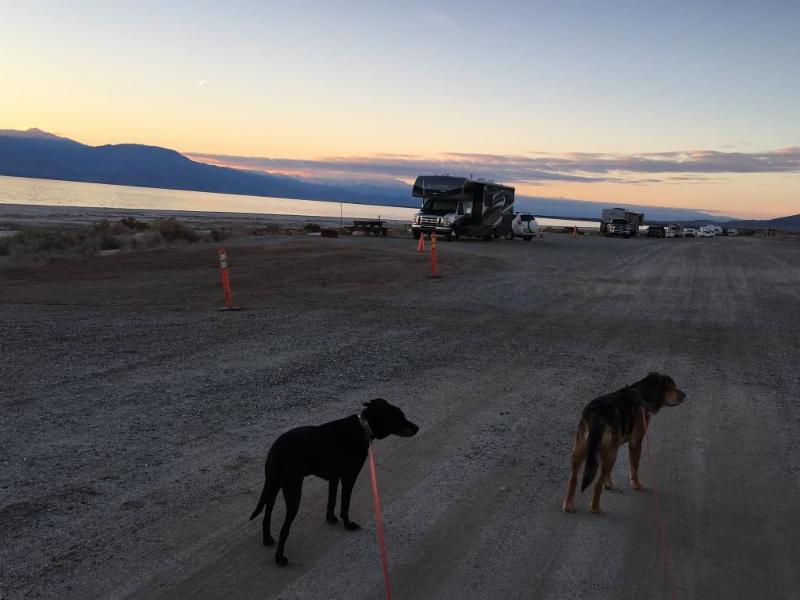
And, as always, I’m hoping there will some fun places where I can walk with the dogs, that will be soft on their pads and safe for some free-running. We’ll see. And if we don’t like it, it’s not forever. Nothing is.
Want to know more about this amazing journey, between these monthly updates? You can subscribe to the new HEART THE JOURNEY: love stories from the road.
Subscribers will receive one to three emails every week, February through March, with the latest news. I’ll also share stories about the people we meet, the places we discover and the daily joys and challenges of living on the road.
These are stories I won’t be sharing anywhere else.
You can join me on this unfolding adventure for $20.00 ($10/month for 2 months: February and March, 2017).
Sign up here!
